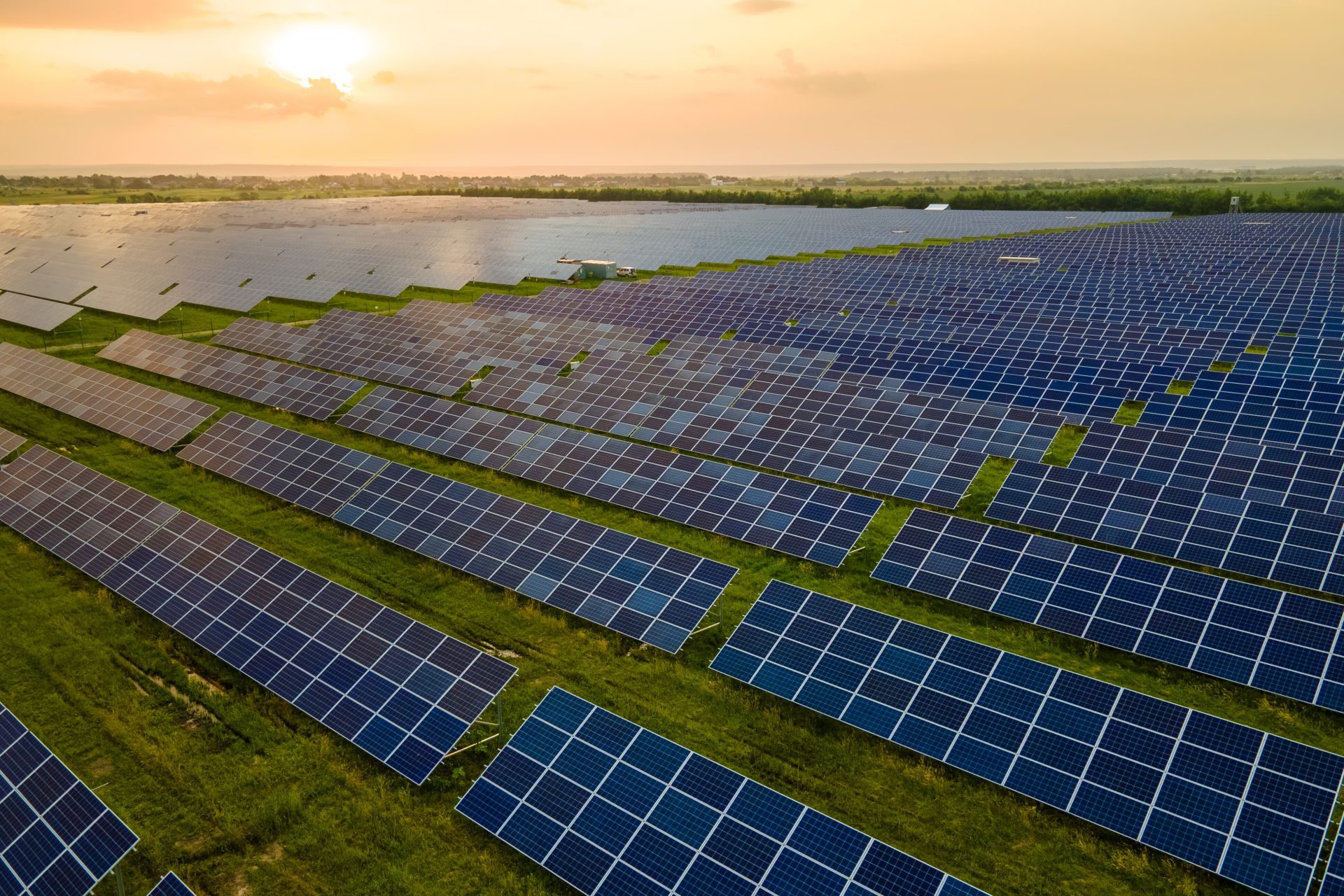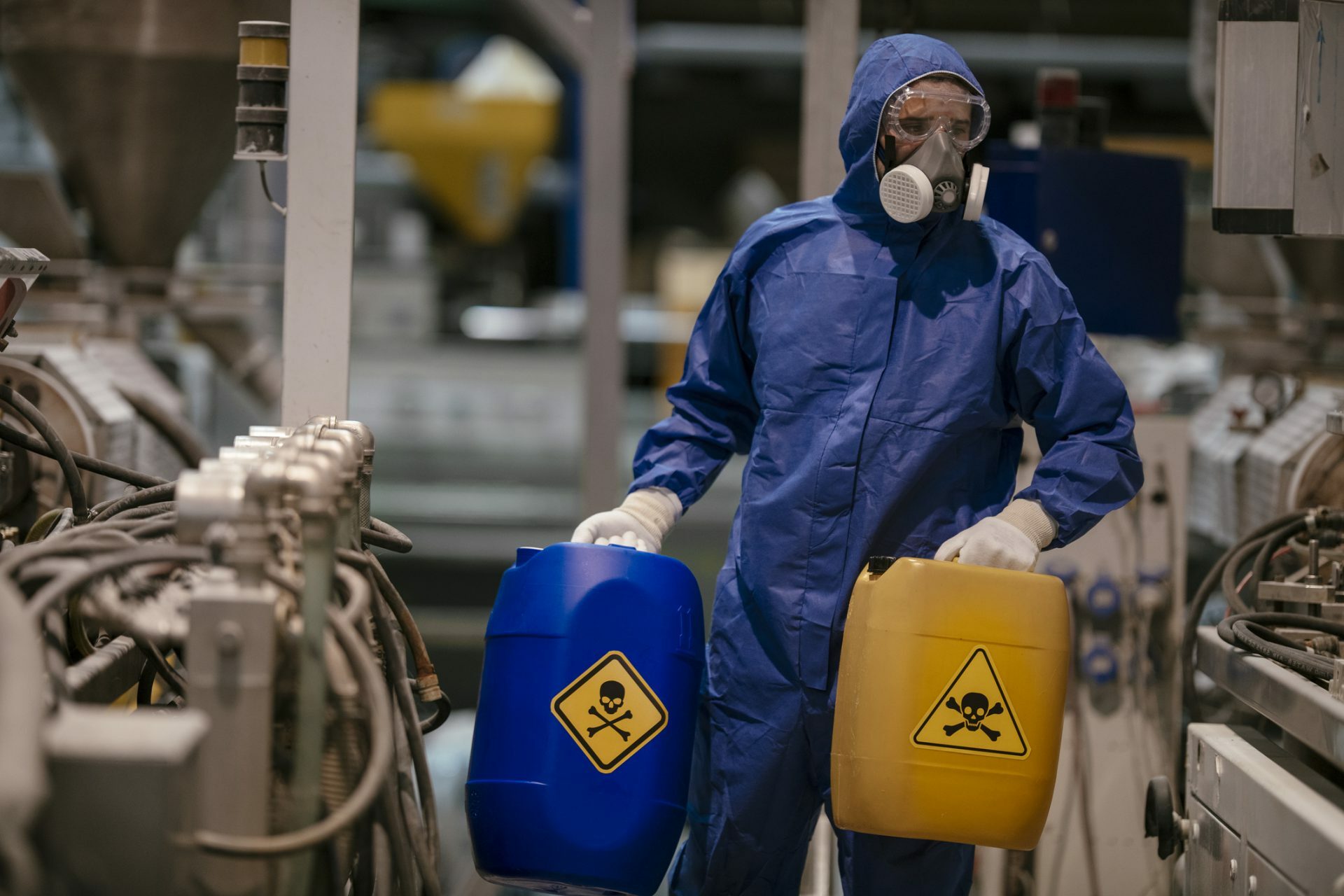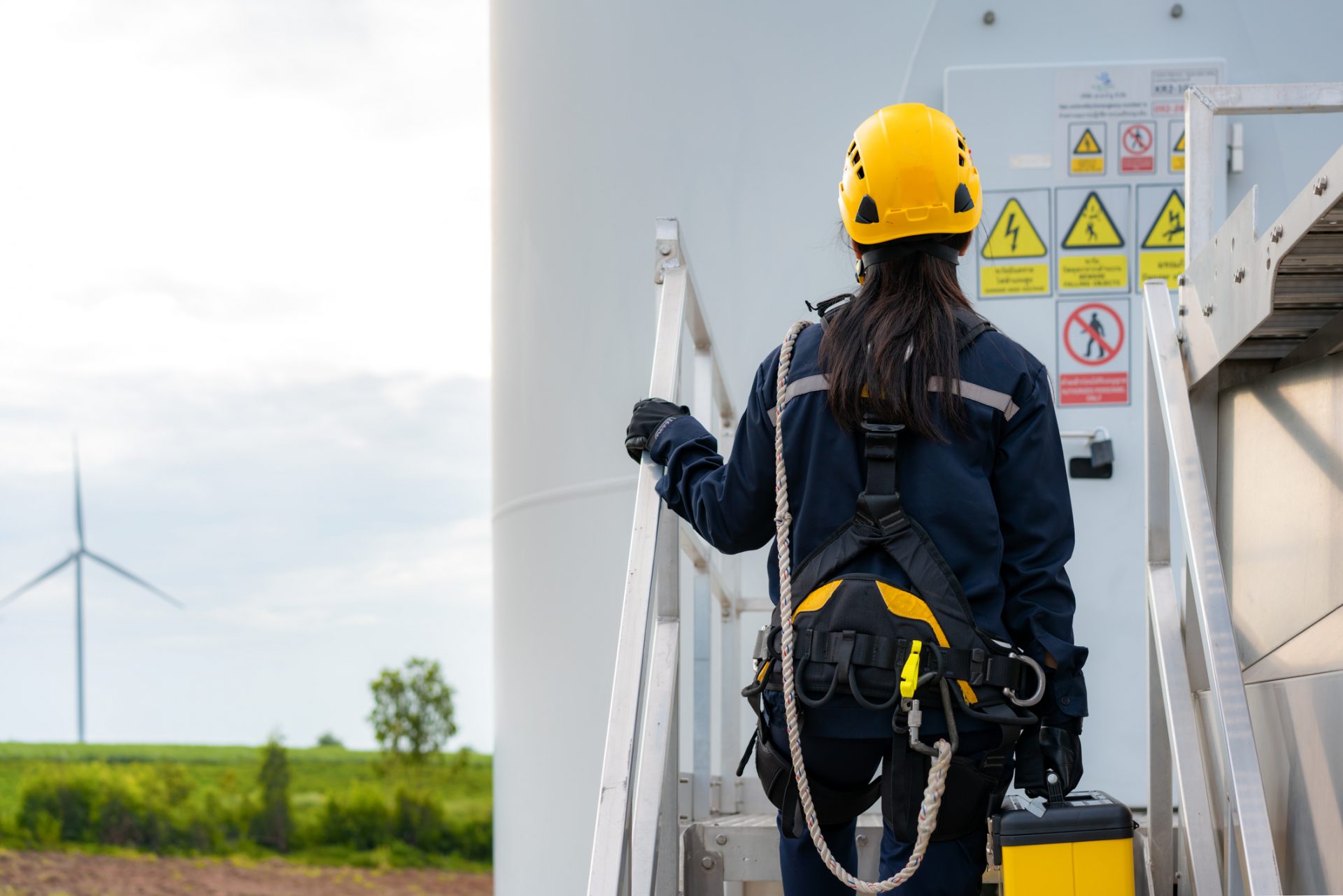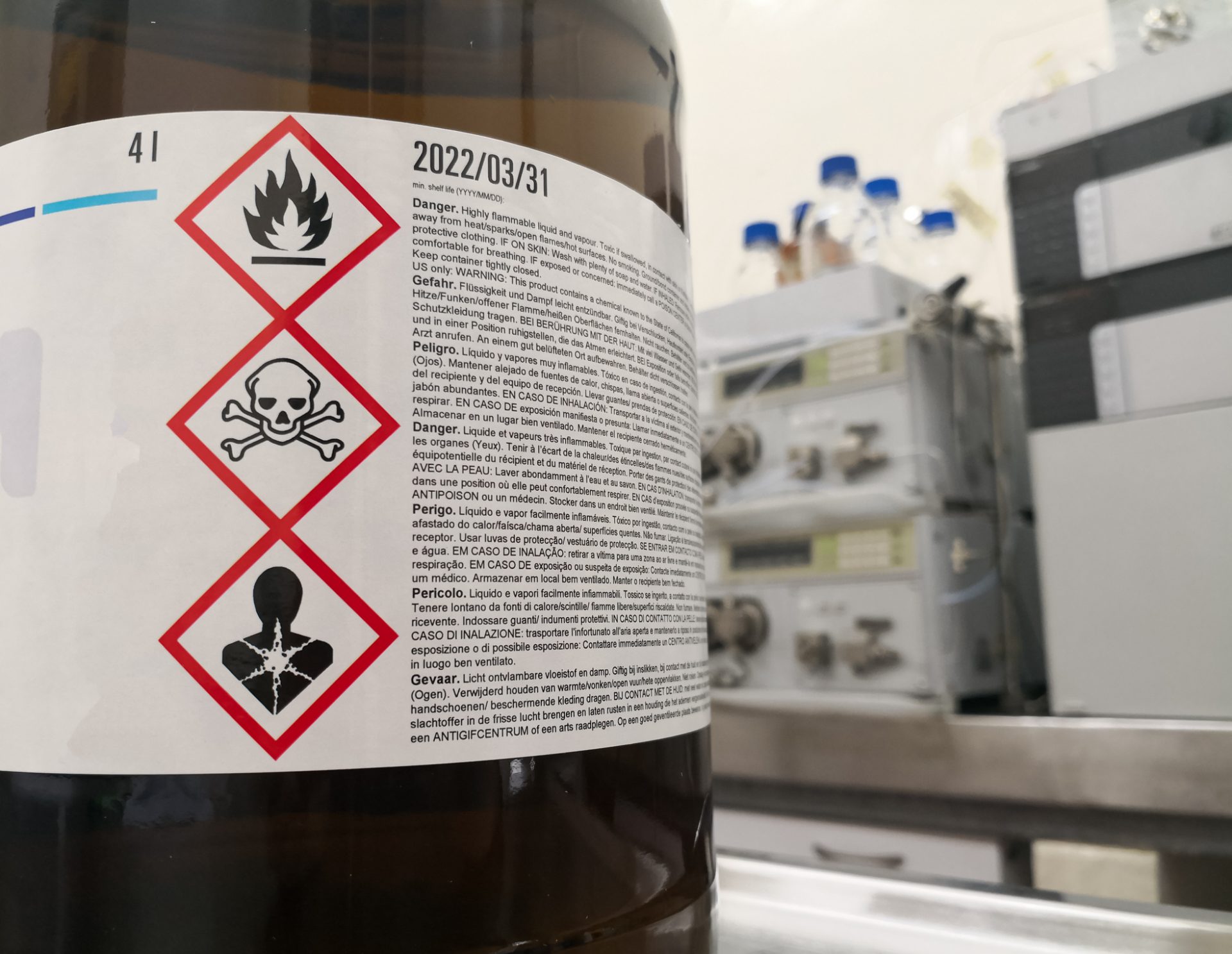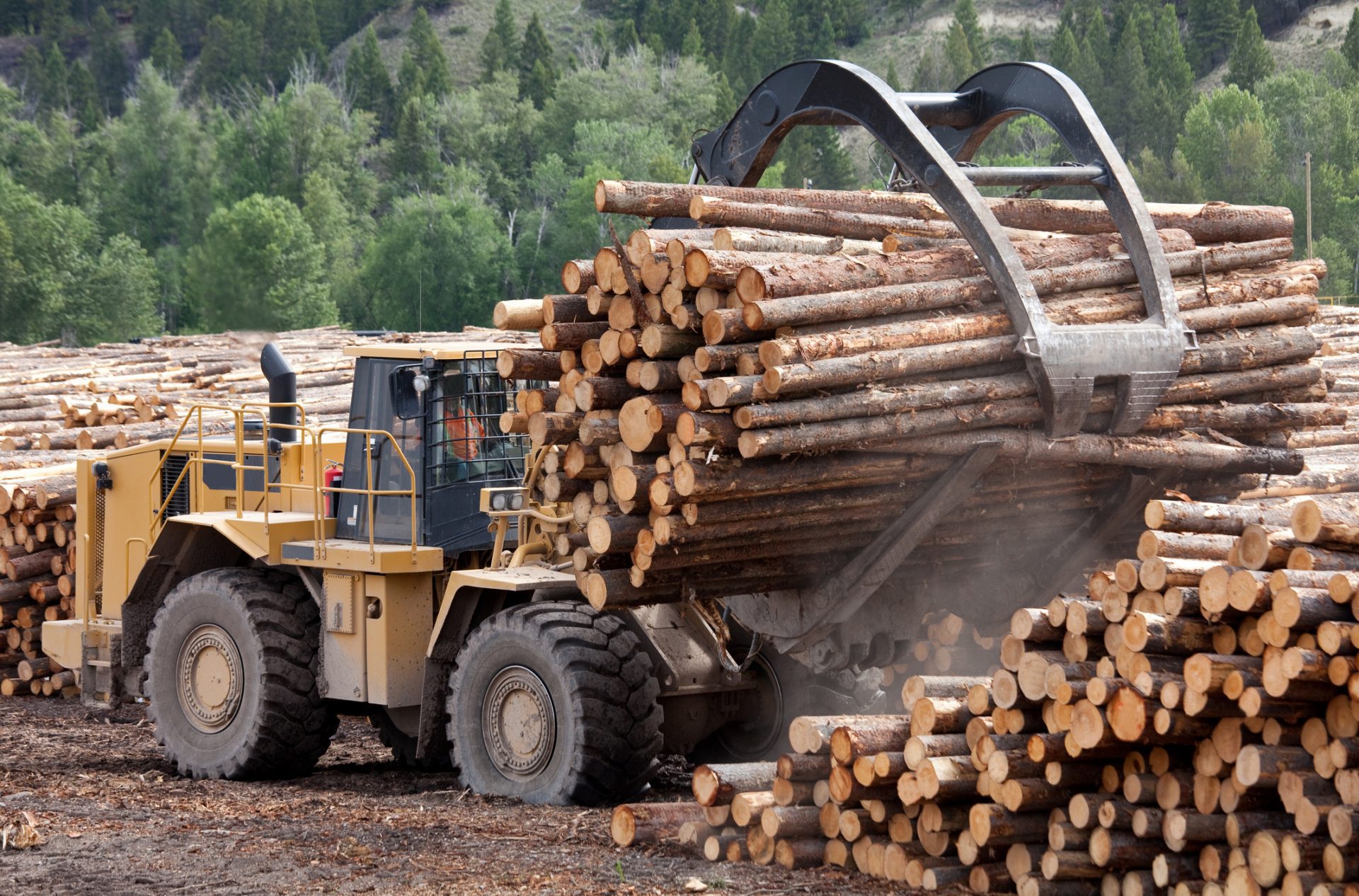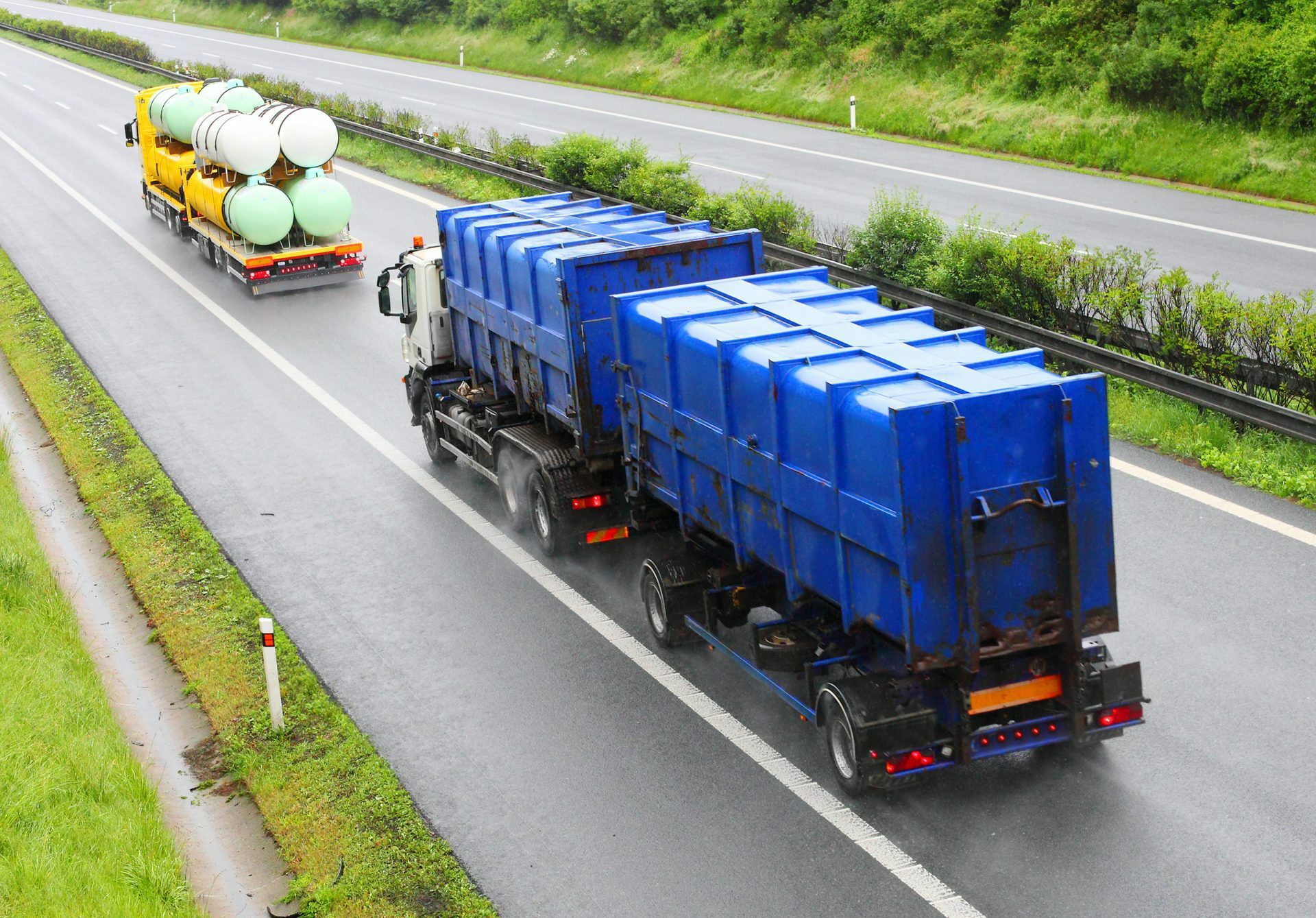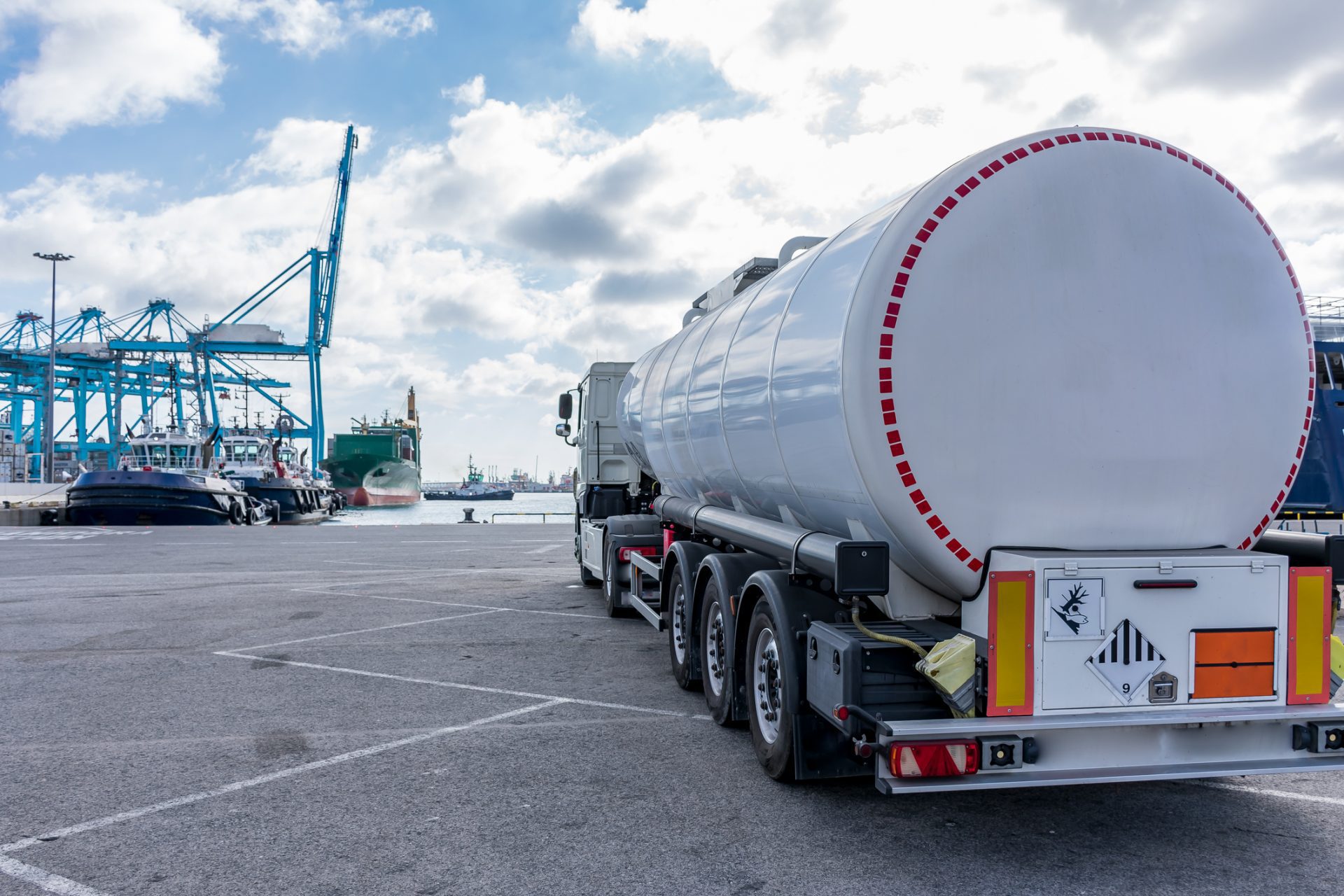
Regulatory Content
Explosive Atmospheres / ATEX Compliance
Atmospheres can be potentially explosive due to the possible presence of dust, vapor or gas that is likely to ignite and explode under certain conditions. The term ATEX, mainly used in the EU, derives its name from the French ATmospheres EXplosives.
Explosive Atmospheres (ATEX)
72
Countries Covered
314
Sources in C2P
Explosive Atmospheres Regulations
There are two kinds of explosive atmosphere-related regulations covered in C2P:
- For equipment manufacturers
- For equipment users in the workplace
Safety Requirements in the Workplaces with Explosive Atmospheres
These regulations apply to workplaces where explosive atmospheres can exist, for example, factories where flammable liquids or gases are present or where flammable dusts are produced in the process.
What Industries does the ATEX Directive Apply to?
Companies who place their products in potentially explosive atmospheres need to be aware of regulations on explosive atmospheres / ATEX.
Comply with ATEX requirements
Regulations for equipment manufacturers cover equipment and protective systems intended for use in potentially explosive atmospheres and contain essential health and safety requirements and conformity assessment procedures, to be applied before products are placed on the market.
Regulations for equipment users deal with minimum requirements for improving the level of health and safety protection of workers potentially at risk from explosive atmospheres. They complement the responsibilities of manufacturers and set out the responsibilities of employers.
Our Regulatory Coverage of ATEX
Our regulatory content in C2P is historically comprehensive with a robust QA process to ensure quality, consistency and accuracy. Below is a high level summary of our coverage for this topic:
Regulations for Equipment Manufacturers
- ATEX “Equipment” Directive (EU: Equipment and Protective Systems for Use in Potentially Explosive Atmospheres, Directive 2014/34/EU)
- France: Conditions of Installation of Electrical Equipment in Potentially Explosive Atmospheres, Order, July 2003
- Germany: Explosion Protection, Ordinance BGBl. 39, 2016
- Brazil: Requirements for the Conformity Assessment of Electrical and Electronic Equipment Designed for Explosive Atmospheres, Portaria No. 179, 2010
- EurAsEC: Approving Technical Regulation on Safety of Equipment Intended for Use in Explosive Atmosphere, Decision No. 825, 2011
- Norway: Equipment and Safety Systems for Use in Potentially Explosive Areas, Regulation No. 1849, 2017
- Switzerland: Equipment and Protective Systems Intended for Use in Potentially Explosive Atmospheres, Ordinance, November 2015
- Turkey: Equipment and Protective Systems Used in Potentially Explosive Environments, Regulation, June 2016
- Ukraine: Approving Technical Regulations on Equipment and Protective Systems Intended for Use in Potentially Explosive Environments, Resolution No. 1055, 2016
Regulations for Equipment Users in the Workplace
- ATEX “Workplace” Directive (EU: Health and Safety of Workers at Risk from Explosive Atmospheres, Directive 1999/92/EC)
- Czech Republic: Detailed Requirements for Safety and Health at Work in Potentially Explosive Atmospheres, Regulation No. 406/2004
- Finland: Prevention of Hazards in Explosive Atmospheres, Decree 576/2003
- Norway: Health and Safety in Explosive Atmospheres, Regulations No. 911 of 2003
- Poland: Safety and Health Protection of Workers Potentially at Risk from Explosive Atmospheres, Regulation Nr. 931, 2010
- Turkey: Health and Safety of Workers at Risk from Explosive Atmospheres, Regulation, April 2013
- UK: Dangerous Substances and Explosive Atmospheres Regulations, SI 2002/2776

Learn more about our Regulatory Coverage
Speak to one of our team today for more information on our regulatory content.

